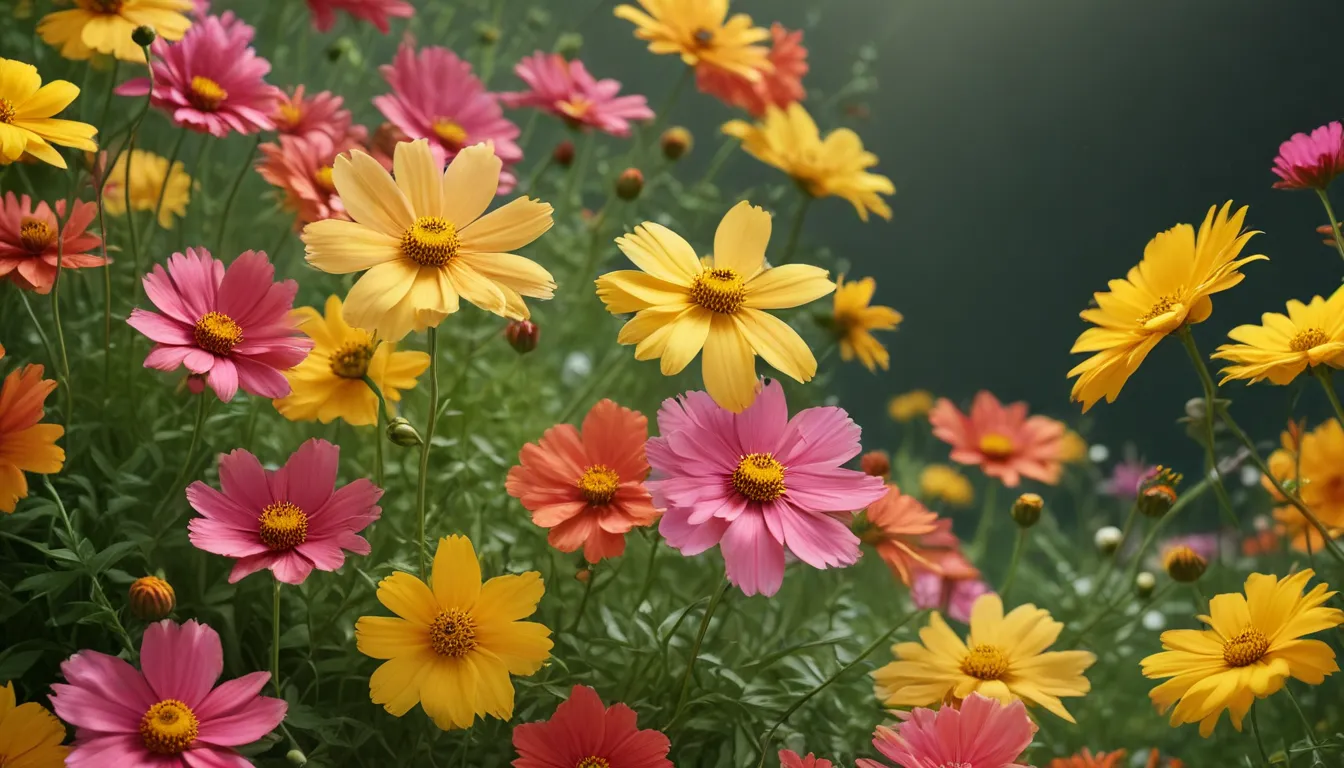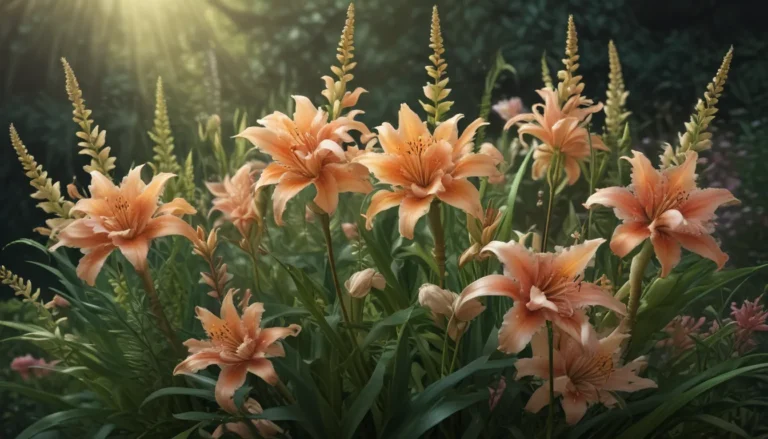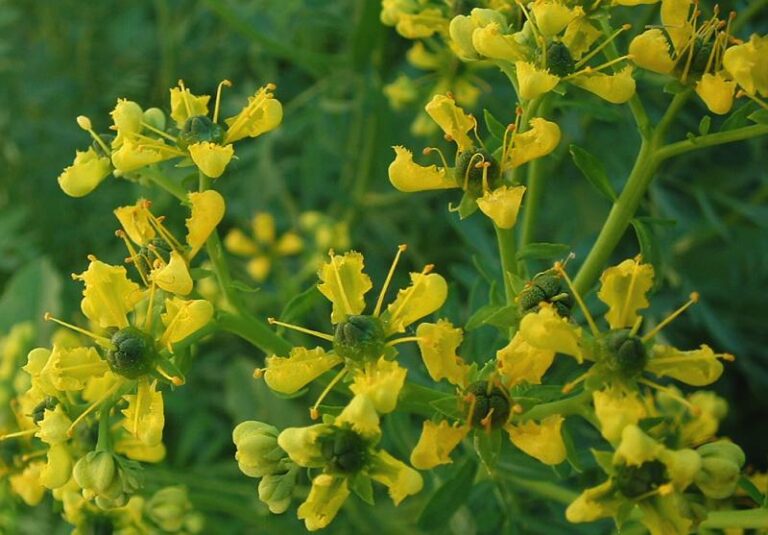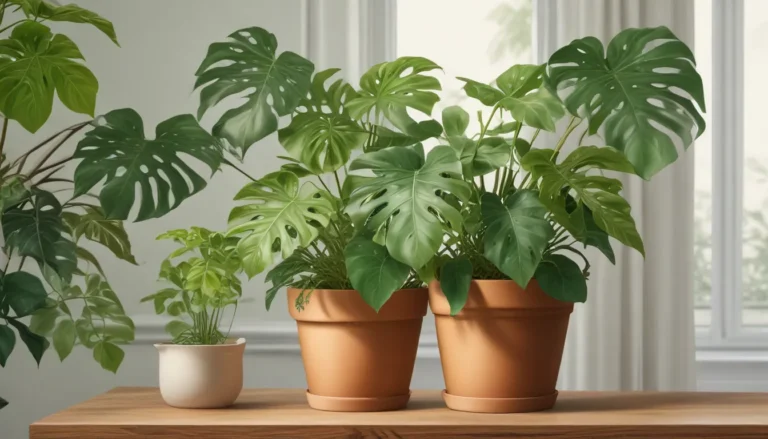The pictures we use in our articles might not show exactly what the words say. We choose these pictures to make you interested in reading more. The pictures work together with the words but don’t take their place. The words still tell you the important facts.
Coreopsis, with its vibrant blooms and delicate foliage, is a beloved plant that enchants gardeners and nature enthusiasts alike. This stunning flower, belonging to the Asteraceae family, hails from North and South America, showcasing resilience and adaptability to various soil conditions, making it a versatile gem for any garden or landscape.
In this article, we will delve into 15 captivating facts about coreopsis that will deepen your appreciation for this exquisite plant. From its rich history and cultural significance to its remarkable medicinal properties and ecological benefits, coreopsis is a flower that truly shines in the botanical world. So, join us on this journey into the enchanting realm of coreopsis and discover the wonders that make it a true delight for any green space.
A Closer Look at Coreopsis
Coreopsis, also known as “tickseed,” is a low-maintenance plant that boasts vibrant blooms and attracts pollinators, symbolizing cheerfulness and optimism. With its ability to spread quickly, improve soil quality, and offer medicinal properties, coreopsis is a valuable addition to any garden or landscape, catering to both experienced gardeners and beginners alike.
The Diverse Palette of Coreopsis Blooms
These captivating flowers come in a spectrum of vibrant colors, including shades of yellow, orange, pink, and red, adding a bold and eye-catching element to any garden or floral arrangement. Their diversity in hues makes them a versatile choice for adding pops of color to outdoor spaces.
Embracing its Origins: North and South America
Originally found in regions spanning from Canada to Argentina, Coreopsis has charmed gardeners worldwide with its beauty and hardiness, showcasing its adaptability to various climates and environments. Its native roots make it a beloved choice for those looking to incorporate local flora into their landscapes.
Unveiling the Family Ties: Asteraceae
As a member of the Asteraceae family, also known as the daisy family, Coreopsis stands out among a wide variety of flowering plants. With its composite flower heads and distinctive appearance, it adds a touch of elegance and uniqueness to any garden setting.
The Endearing Moniker: “Tickseed”
The endearing nickname “tickseed” is a nod to the small, round seeds of Coreopsis that resemble ticks. Despite the association, these harmless seeds actually serve as a food source for birds, adding to the plant's ecological significance in the natural ecosystem.
A Natural Charm: Low-Maintenance Beauty
Coreopsis is a low-maintenance plant that thrives in various soil types, making it a perfect choice for those seeking an easy-care addition to their garden. Its resilience and adaptability make it a star player in landscapes that require minimal upkeep and maximum visual impact.
A Haven for Pollinators: Buzzing with Life
The vibrant flowers of Coreopsis serve as a valuable nectar source for bees, butterflies, and other pollinators, supporting local wildlife populations and contributing to biodiversity. By planting Coreopsis, you’re not just adding beauty to your garden but also fostering a habitat for beneficial insects.
The Annual vs. Perennial Dilemma
With both annual and perennial varieties available, Coreopsis offers flexibility in garden design. Annual varieties provide vibrant blooms for one season, while perennials return year after year, ensuring a continuous display of color and charm in your outdoor space.
Thriving in Adversity: Drought-Tolerant Wonder
Due to its natural resilience, Coreopsis can withstand dry conditions, making it an excellent choice for gardens in regions with limited water resources. Its ability to thrive in arid environments adds to its appeal as a sustainable and water-wise plant.
Blooms that Steal the Show: Excellent Cut Flowers
The long stems and vibrant blooms of Coreopsis make it an ideal choice for cut flower arrangements, adding a burst of color and joy to any bouquet or centerpiece. Its lasting beauty makes it a popular pick for floral enthusiasts and designers.
Standing Strong: Deer-Resistant Champion
Deer tend to avoid eating Coreopsis, making it a valuable plant choice for gardeners in deer-prone areas. This natural resistance allows Coreopsis to flourish without the need for additional protective measures, making it a hassle-free addition to wildlife-friendly gardens.
The Spreading Wonder: Rapid Expansion
As a self-seeding plant that forms clumps, Coreopsis has a natural tendency to spread quickly, making it an ideal candidate for filling in bare areas of your garden and providing a lush carpet of color throughout the seasons. Its prolific growth adds to its charm as a landscape staple.
Nurturing the Soil: Improving Quality
Coreopsis acts as a dynamic accumulator, extracting nutrients from the soil and enriching it with its biomass. When the plant dies back, it releases these nutrients, enhancing soil quality and providing a fertile ground for other plants to thrive. Its role in soil improvement adds to its ecological benefits.
Healing Wonders: Medicinal Properties
Selected species of Coreopsis possess medicinal qualities, with applications in traditional herbal medicine. These properties include anti-inflammatory, antimicrobial, and wound-healing effects, showcasing the plant's potential in natural remedies and wellness practices.
A Native Treasure: Ideal for Native Plant Gardens
Given its North and South American origins, Coreopsis is a popular choice for native plant gardens, where it blends seamlessly with other local flora. Its aesthetic appeal and ecological advantages make it a sought-after addition to landscapes that prioritize native species and biodiversity.
A Symbol of Happiness: Cheerfulness and Optimism
Throughout history, Coreopsis has been associated with positive emotions and a sunny outlook on life. Its bright, cheerful flowers serve as a reminder to embrace joy, exude positivity, and approach each day with optimism, making it a beacon of happiness in the garden.
Unveiling the Enchantment of Coreopsis
Coreopsis, with its vibrant blooms and enchanting qualities, is a flower that captures the hearts of both seasoned gardeners and nature lovers. From its rich history and cultural symbolism to its ecological benefits and aesthetic appeal, coreopsis shines as a versatile and captivating plant that graces any garden with its beauty and charm. Whether you're cultivating a green oasis or simply admiring the wonders of nature, exploring these fascinating facts about coreopsis will deepen your admiration for this extraordinary flower.
FAQs: Unveiling More About Coreopsis
-
What is coreopsis?
Coreopsis is a genus of flowering plants in the family Asteraceae, boasting over 100 species native to North and South America. -
How tall do coreopsis plants grow?
The height of coreopsis plants varies by species and variety, typically ranging from 1 to 3 feet, with some reaching up to 4 feet in height. -
What colors do coreopsis flowers come in?
Coreopsis flowers display a wide array of colors, including yellow, orange, red, pink, and bicolor combinations, adding diversity to garden palettes.
Etc.
Coreopsis, also known as tickseed, is a captivating flower that radiates joy and resilience in gardens and landscapes. With its vibrant blooms, ecological benefits, and cultural significance, coreopsis stands as a shining star among floral treasures, enriching outdoor spaces and hearts alike. Dive into the enchanting world of coreopsis, explore its fascinating attributes, and let its beauty inspire you to cultivate a garden brimming with color, life, and happiness.






